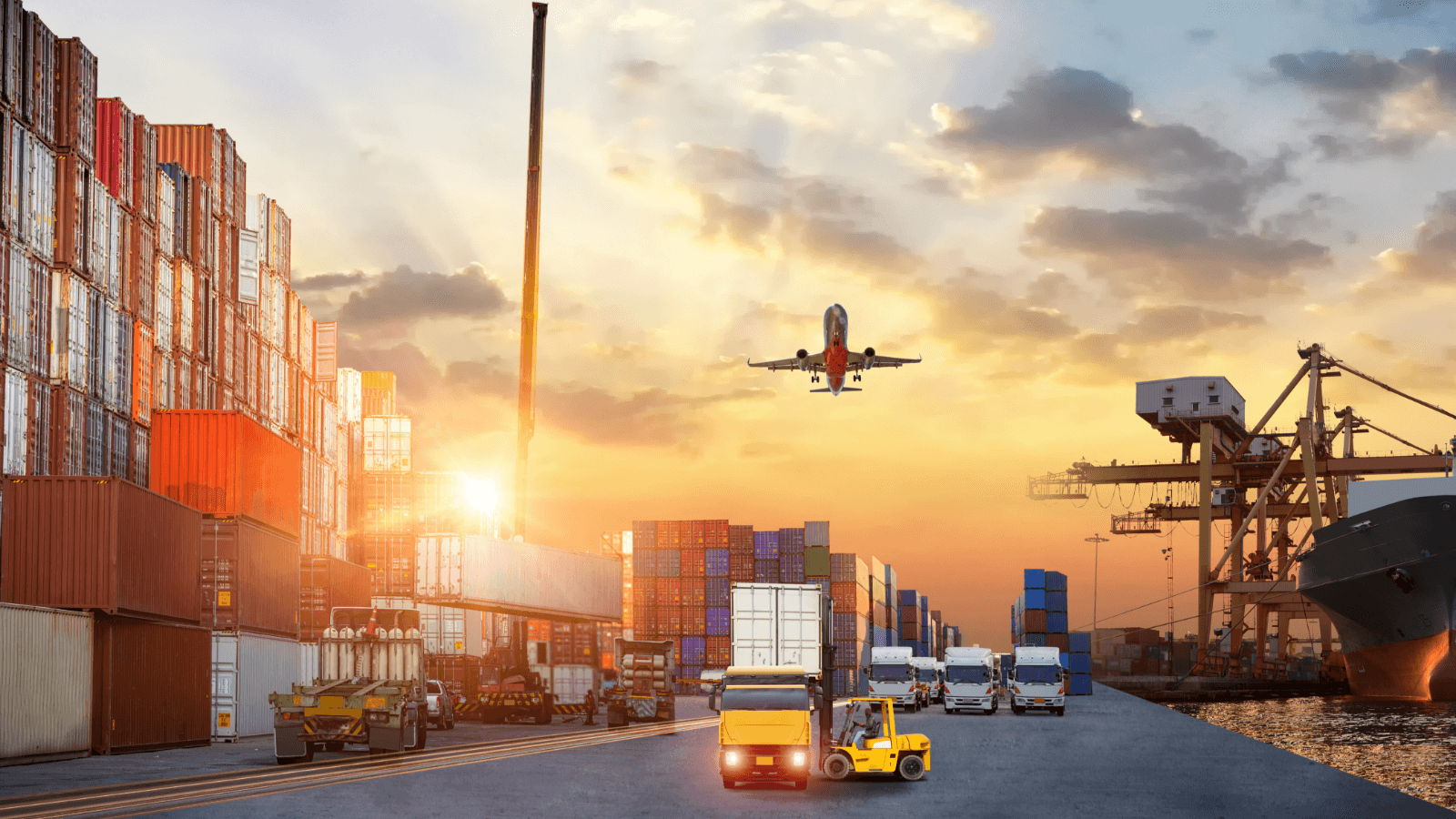A 10-step Guide to setting up business UAE free trade zone (FTZ)

A 10-step Guide to setting up business UAE free trade zone (FTZ)
Have you ever considered how countries achieve explosive economic growth? One answer is through participating in the free trade world, where open borders and opportunities abound. Free trade eliminates tariffs and customs restrictions, creating jobs and driving international commerce. Free trade zones, or FTZs, are unique economic sites that allow for the storage, import, manufacturing, re-export, or reconfiguration of goods with minimal or no intervention from customs authorities. These zones, typically located near busy ports, borders, and airports, serve as engines for economic prosperity.
For countries like the United Arab Emirates (UAE), which is strategically located between Europe, Asia, and Africa, FTZs boost foreign direct investment. In the UAE, FTZs are outside the Customs territory, and starting a business in a UAE FTZ can be highly advantageous for foreign investors. With over 40 free zones, each with its statutes, the UAE has become a popular destination for industries like media, technology, import-export, and finance. These establishments have brought access to larger markets and higher wages for employees, resulting in increased productivity and demand.
If you are interested in setting up a company in a UAE free trade zone, here is a step-by-step guide:
- Determine your business activity and choose an appropriate trade name.
- Gather the mandatory documents and legalize them through the UAE embassy in your home country.
- Translate essential documents into Arabic.
- Check for counter-attestation and legalization with the Ministry of Justice and Ministry of Foreign Affairs in the UAE.
- Obtain initial approval from the UAE’s Department of Economic Development (DED).
- Open a bank account to deposit your capital stock.
- Prepare a partnership agreement and Memorandum of Association (MoA).
- Choose a business location and obtain final approval from DED.
- Obtain your commercial license.
- Register with the Chambers of Commerce, the Ministry of Labor & Immigration, the Civil Defence, and the Municipality.
UAE free trade zones offer tax waivers, 100% foreign ownership, and dynamic infrastructure, making them an attractive option for foreign investors.
Moglix has been actively working with various organizations in the FTZ, providing support and guidance as they embark on their digital transformation journey. With a comprehensive supplier and buyer network and an integrated digital platform, Moglix can reshape a company’s supply chain and simplify procurement hassles. Click here to learn more
The ever-evolving landscape of supply chain trends

The ever-evolving landscape of supply chain trends
Businesses have not remained immune to the waves of challenges brought forth by the pandemic. Across sector lines and international boundaries, organizations have had to innovate to survive the new normal and, eventually, thrive.
The New Normal
From supply chain constraints to repeated halts in operations, businesses have had to contend with an array of bottlenecks during this unprecedented time ridden with a global pandemic and the war in Ukraine. One of the major trends to emerge has been organizations’ increasing reliance on technology and digital procurement.
Since every link in the value chain has been adversely affected due to a host of reasons, including supply-side shortages, demand-side stagnation, and a general environment of uncertainty, the path to recovery has been forged with equal parts resilience and restraint.
Upcoming Supply Chain Trends for 2022
Due to the dynamic nature of the supply chain, the trends are ever-evolving and hence unpredictable. However, here are some of the key supply chain trends that surfaced in 2021 and are expected to stay true in 2022:
Widening the value chain basket: One of the main learnings for organizations during the pandemic is the lacunae caused by overreliance on one or two supply chain partners. Businesses are increasingly putting their eggs in different baskets by collaborating with a wider range of suppliers, marketers, and distributors. Though this means increased business coordinations, negotiations etc. across the value chain, organizations that enable seamless digital procurement have come to the industries rescue through their ability consolidate scattered vendor base on a single platform
1. Technology and automation to the rescue: In the wake of the pandemic, businesses are emphasizing leveraging technology to achieve higher accuracy in demand forecasting, production planning, and marketing strategy. Artificial Intelligence and Machine Learning are increasingly being applied to ensure minimal disruptions in the supply chain. Data generated with the help of these emerging technologies are being constantly employed to identify potential areas of growth in business.
2. Building resilience against the global logistics disruption: The widespread disruption of the global logistics chain has caused businesses severe headaches and compelled them to build resilience to production delays, raw material shortfalls, and extremely volatile demand trends. This has driven a drastic restructuring of the supply chain for the better.
3. Supply Chain Trends in the UAE
Being a key member of the GCC, the UAE has robust free trade associations with several countries. In addition to this, the country has bilateral trade agreements with India, The Netherlands, etc. Recently, UAE announced its intention to deepen its ties with growing economies. Some of its business negotiations with countries like India, Turkey, and Indonesia seem to indicate a positive trend in this direction.
Some of the recent supply chain trends in the الإمارات العربية المتحدة are:
- A rise in the prominence of e-commerce and related logistics
- Growth of the pharmaceutical sector
- Easing of duties on import-exports
- Growth of bilateral agreements for trade
The Foreign Trade Ministry of UAE feels that these trade pacts are bound to increase foreign direct investment and enhance business growth in terms of volumes.
Choose Moglix To Stay Ahead of the Curve
The outlook for the UAE logistics market seems to hint at a robust 6.5% CAGR projection for the period of 2022-2027. With supply chain trends picking up pace in what we see as a potential post-pandemic world, it is important for businesses to stay ahead of the curve in order to maximize value.
If you are looking to transform your supply chain and focus on digital procurement, Moglix can help you stay ahead of the curve. We aim to optimize strategic procurement and bring in supply chain efficiency for organizations across various sectors, including manufacturing, infrastructure, and Oil and Gas in the UAE.
Equipped with what is said to be future facing technology and dynamic capabilities such as Integrated Procurement Solutions, Automated Workflows, and Catalog-Based Buying, Moglix ensures that you can take your organization’s operations to the next level by enhancing efficiency and maximizing cost-effectiveness. Visit our website to know more.

